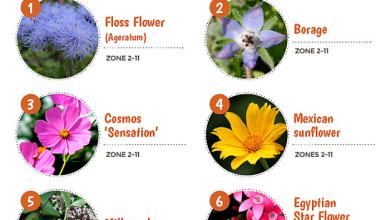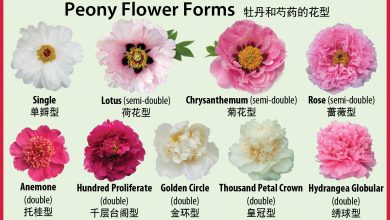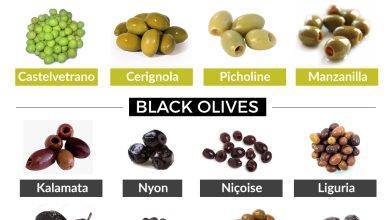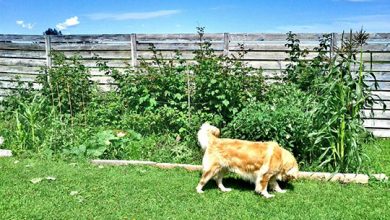Bacterial Chancre: [Characteristics, Detection, Effects and Treatment]

What is bacterial chancre?
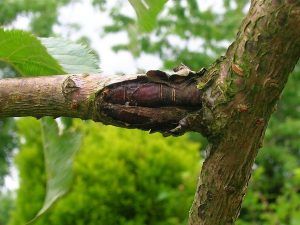 When the word chancre or canker is mentioned, it refers to the presence of some disease of fungal origin caused by the invasive presence of some fungus.
When the word chancre or canker is mentioned, it refers to the presence of some disease of fungal origin caused by the invasive presence of some fungus.
This fungus has a fundamental characteristic: it is not able to penetrate the healthy cortical tissues of the plant, so it goes to a host, entering a wound caused by pruning, scars on the stems and cracks in the ground.
Consequently, a canker is a wound that affects the overall performance of the plant.
How can we identify it?
Bacterial canker manifests itself in the form of a dent, bump or crack in the branches of plants, a wound that appears after the Coniothyrium fuckelii -type fungus manages to deposit its spores in the sensitive area of the plant, until it is completely colonized.
Among the main characteristics of this painful disease of fungal origin, we have:
- Appearance of many round watery spots on the leaves, approximately 1-3 mm in diameter.
- These spots turn necrotic in a short time, until they turn into holes, so the leaves look like a colander, until they fall dead, very dry.
- The dark brown spots also disfigure and ruin the fruits of the plant. They are superficial flattened spots, but the underlying tissue becomes spongy and varies from dark brown to black.
- The flowers of the plant also suffer greatly. They look soaked and sweaty at first, but then the appearance changes, they shrivel and turn brown too.
- Cankers or wounds appear on the bark of the branches, with increasing gummosis. Or on infected shoots, which will also have a gummy-type ooze.
- The wounds sometimes look sunken and bathed in the typical dark brown color.
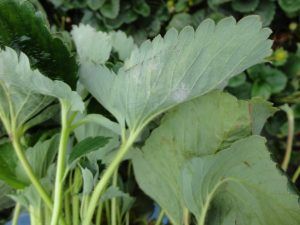 These necrotic manifestations usually appear in late winter or early spring, when they produce a kind of resin capable of corroding the bark of trees and woody shrubs.
These necrotic manifestations usually appear in late winter or early spring, when they produce a kind of resin capable of corroding the bark of trees and woody shrubs.
In winter it is not so. Cankers are less damaging, because they have more moisture, they produce rather sinking and generate a sour odor.
But if they spread throughout the plant, they will kill it in a short time.In rosebushes, for example, a typical case of this type of infection can be seen, where the fungus generally penetrates the area where the plant has previously been grafted.
Or also in some place where pruning has been practiced.Sometimes only the area of the infected branch dies, but if it manages to expand, it ends the life of the rosebush.
What plants does bacterial canker affect?
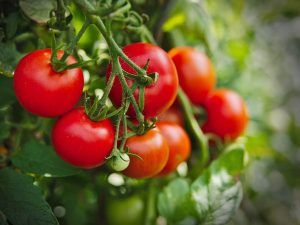 Plum trees and other Prunus species are among the plants most affected by bacterial cankers, caused by two closely related bacteria that affect the leaves and stems of these plants, causing damage that begins after they manage to colonize the leaves.
Plum trees and other Prunus species are among the plants most affected by bacterial cankers, caused by two closely related bacteria that affect the leaves and stems of these plants, causing damage that begins after they manage to colonize the leaves.
Tomatoes, mangoes, cherry trees and kiwis are also usually a sure victim of this bacterial canker.
And it is that fruit trees are usually very sensitive to these attacks, to the point that this disease is called the Cancer of fruit trees, thanks to fungal and bacterial invasions in the bark.
It usually occurs in the period of greatest humidity of the year, in spring or early summer, and can penetrate through the natural pores of young or tender leaves, which become necrotic as the disease progresses.
Cankers or cankers may be dormant during the summer, as well as during the winter and fall, but when the plant resumes its growing period in the spring, then it will attack completely until it dries up or shrinks completely.
How to combat bacterial chancre?
There are a number of healthy practices that prevent the proliferation of these fungal wounds. Let’s see which ones are effective.
- The first thing is to protect the wounds on the plants, with the help of a good grafting paste that must be applied directly on the injury generated after pruning.
- Another healthy measure is the use of copper -based solutions, but these should preferably be applied with the help of punctual vaporizations.
- An effective solution to the problem, once the Canker appears, is to burn it after you have removed all the infected or diseased branches. The same must be done with diseased leaves that fall to the ground. Otherwise, the disease will spread throughout the garden, crop or planting, without mercy.
- Do not forget that it is extremely important to disinfect all the tools used in gardening, such as scissors, tweezers, knives, etc.
- But if the main stem has been invaded by cankers, the affected area must be scraped very carefully, with the help of a sharp knife, and then spread the injured area with a grafting paste.
- It is very convenient to use certified seeds from trusted nurseries.
- Also acquiring resistant varieties is another effective preventive measure.
- Moisture should be avoided by choosing a sector where the wind blows frequently.
- It is essential to carry out periodic reviews of the crop, in order to detect the appearance of lesions early.
- The pruning of the areas of the plant that present cankers is essential to stop the advance of the disease. It is better to do regular pruning after harvest, so that the wounds heal quickly.
- Such wounds should be sealed with a quality fungicide ointment or paint.
- Eliminate the use of fertilizers rich in nitrogen, because they encourage the appearance of fungi and bacteria. You have to use other types of organic fertilizers.
What are the best products to remove bacterial canker?
There are currently different treatments with great results, such as bactericides of organic origin, copper-based compounds, or the so-called Bordeaux mixture, which provide a fairly effective control of the development of the canker, between autumn and the arrival of spring.
Chemical solutions
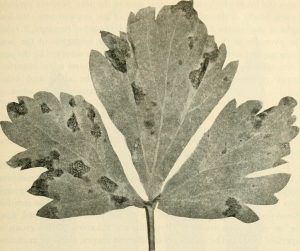 Effective chemical solutions are also offered on the market, but it will always be ideal to combine both treatments, based on ingredients of organic origin.
Effective chemical solutions are also offered on the market, but it will always be ideal to combine both treatments, based on ingredients of organic origin.
Thus, the bacterial canker is treated with the mixture of copper-based bactericides, together with solutions of ferric chloride or mancozeb up to cupric hydro, in order to exercise a much harsher control against the strains that usually develop resistance to it. over time, making eradication of evil virtually impossible.

